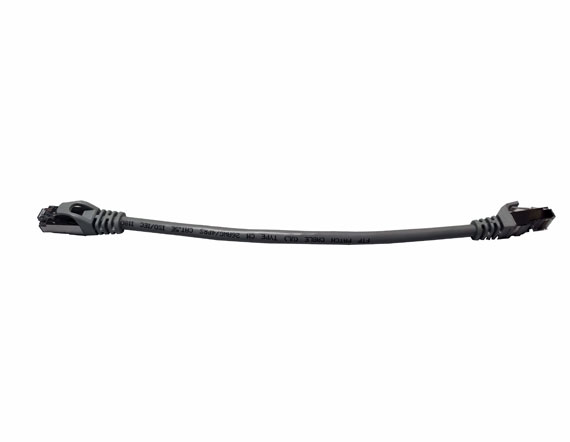In today’s world of advanced technology, the demand for efficient and reliable electrical systems has never been greater. Whether in automotive, aerospace, industrial machinery, or consumer electronics, mechanical wiring harnesses play a pivotal role in optimizing the performance, safety, and durability of electrical systems.
What Is a Mechanical Wiring Harness?
A mechanical wiring harness is an organized assembly of wires, connectors, terminals, and protective sheaths that transmit electrical power or signals within a system. Its primary purpose is to streamline the wiring process, enhance system reliability, and protect wires from external factors like heat, abrasion, and moisture.

How Do Mechanical Wiring Harnesses Optimize Electrical Systems?
1. Improved System Organization
One of the key advantages of a mechanical wiring harness is its ability to organize complex electrical layouts. By bundling multiple wires into a single assembly, it reduces clutter and simplifies installation, maintenance, and troubleshooting. This streamlined design minimizes the risk of wiring errors, which can lead to system failures or inefficiencies.
2. Enhanced Safety and Durability
Electrical systems are often exposed to harsh conditions such as vibration, extreme temperatures, and corrosive environments. A high-quality mechanical wiring harness provides robust insulation and shielding to protect the wires from damage. This ensures the long-term safety and reliability of the electrical system.
3. Increased Energy Efficiency
By reducing the resistance and interference in the electrical pathways, mechanical wiring harnesses help optimize energy transmission. This leads to better performance and efficiency, especially in systems with high power demands like industrial machinery or electric vehicles.
4. Cost-Effective Solutions
Although the initial design and manufacturing of a mechanical wiring harness may seem complex, it often leads to cost savings in the long run. The reduced installation time, fewer maintenance requirements, and improved system reliability contribute to lower operational costs.

Applications of Mechanical Wiring Harnesses
Mechanical wiring harnesses are indispensable in various industries:
Automotive: Used to connect essential components such as engines, sensors, and lighting systems.
Aerospace: Ensures safe and reliable power distribution in aircraft systems.
Industrial Equipment: Facilitates efficient operations in heavy machinery and robotics.
Consumer Electronics: Powers devices like home appliances and gaming consoles.
Future Trends in Mechanical Wiring Harness Design
As technology advances, the design and functionality of mechanical wiring harnesses continue to evolve. Some emerging trends include:
Lightweight Materials: Reducing weight for applications like electric vehicles and drones.
Smart Wiring Systems: Incorporating sensors to monitor performance and detect faults.
Customization: Tailoring harnesses to meet specific industry or project requirements.

Conclusion
The role of mechanical wiring harnesses in optimizing electrical systems cannot be overstated. From enhancing safety and efficiency to reducing operational costs, these vital components ensure that electrical systems perform at their best. As industries continue to innovate, mechanical wiring harnesses will remain a cornerstone of modern electrical infrastructure.
By leveraging the benefits of mechanical wiring harnesses, businesses can achieve greater efficiency and reliability in their operations. If you’re looking to design or upgrade your electrical systems, investing in a high-quality mechanical wiring harness is a decision that will pay dividends in the long term.